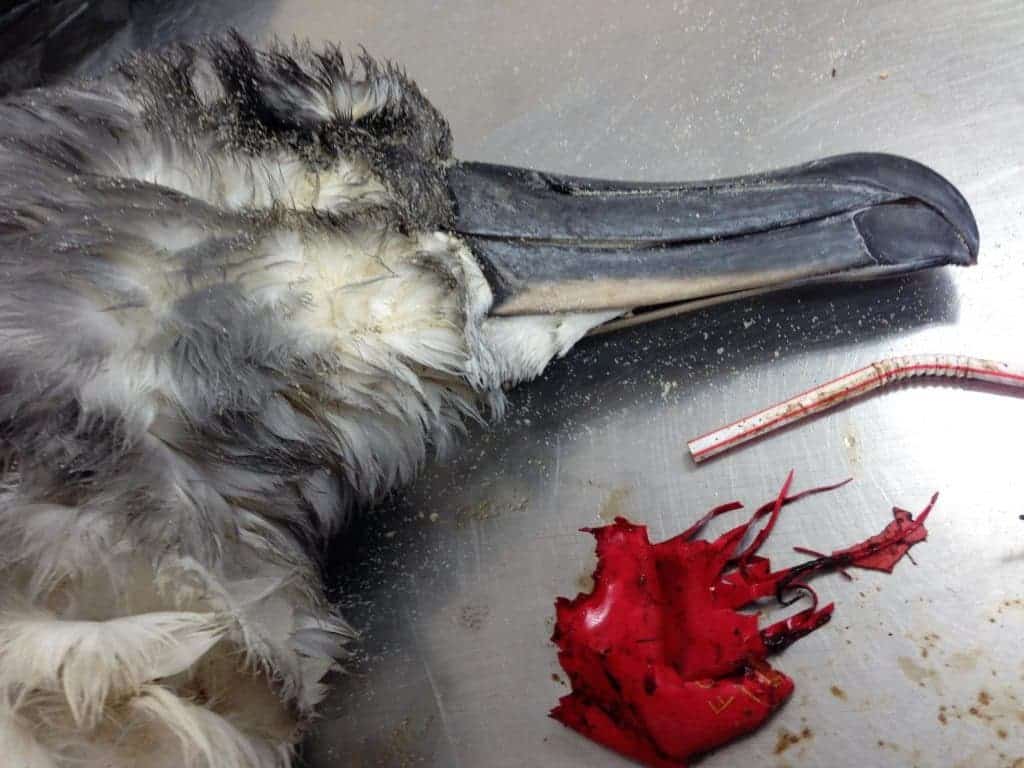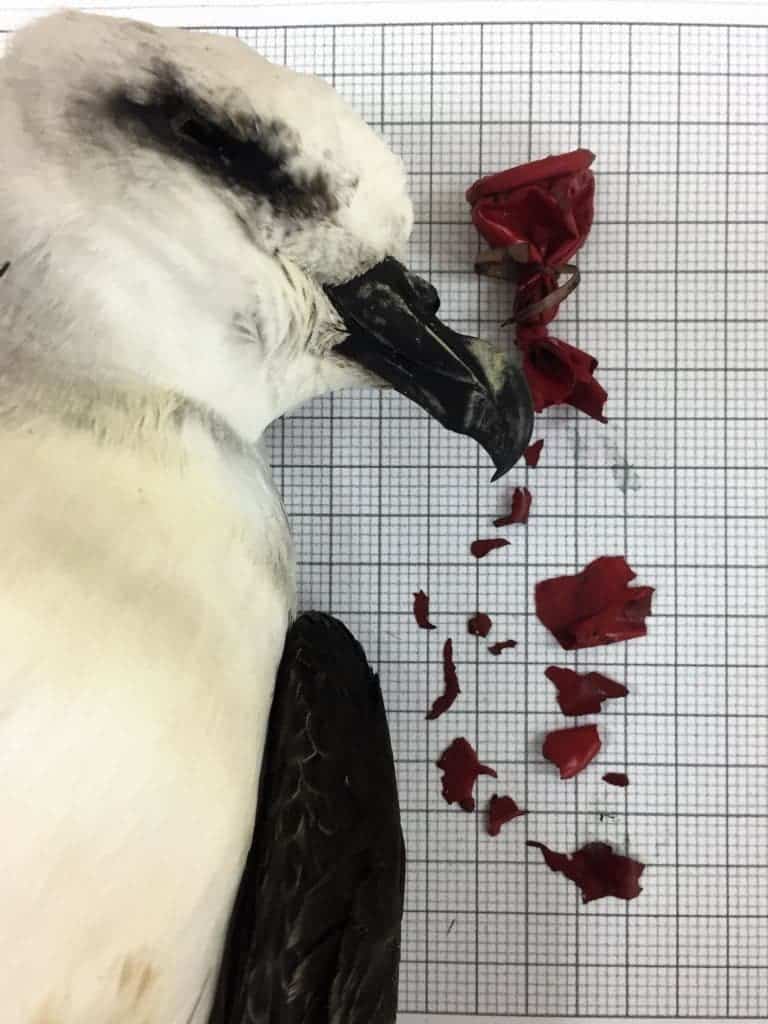
Balloons are fun at parties but they can turn into a huge hazard once they make their way into the ocean. According to Australian researchers, balloons and other soft plastics are 32 times more likely to kill seabirds than hard plastics.
Lauren Roman, a researcher at Australia’s Commonwealth Scientific and Industrial Research Organisation (CSIRO), and colleagues studied 1,733 seabirds belonging to 51 species, finding that one in three individuals had ingested some form of debris. Although they accounted for only 5% of the plastics ingested by seabirds, balloons and other soft plastics were responsible for 40% of deaths. Hard plastics were responsible for half of all mortalities.
Many seabirds, such as albatrosses, mistake floating balloon debris for squids and other favored prey. While hard plastic fragments are more commonly found in the ocean, they can quickly pass through the gut, unlike soft plastics that can easily clog the digestive tract. Blockage of the gastrointestinal tract was the leading cause of death for seabirds, followed by infections and other related complications caused by gastrointestinal obstructions.
The actual number of seabird deaths due to plastic pollution may be even higher. A 2015 study performed by CSIRO Oceans and Imperial College London found that up to 90% of individuals belonging to 186 species are at risk of ingesting plastics. Plastics ingestion should reach 99% of all species by 2050, if current trends of marine plastic pollution continue unabated.
“Marine debris ingestion is now a globally recognized threat,” Roman said in a statement.
“However, the relationship between the amount or type of debris that a seabird ingests and mortality remains poorly understood.

According to the authors of the new study published in Scientific Reports, a single piece of plastic led to a 20% chance of mortality, which quickly rose to 50% for 9 items and virtually 100% for 93 items. These findings are similar to those reported earlier by a study on turtles. Previously, researchers examined the necropsies of 246 sea turtles, as well as 706 records from a national stranding database relating to sea turtles in Queensland, Australia. The analysis found that half of all the juvenille turtles are expected to die if they ingest 17 pieces of plastic or more. One case stood out where a deceased turtle was found with its digestive tract blocked by a single item — a soft piece of plastic.
“Balloons or balloon fragments were the marine debris most likely to cause mortality, and they killed almost one in five of the seabirds that ingested them.
“As similar research into plastic ingestion by sea turtles has found, it appears that while hard plastic fragments may pass quickly through the gut, soft plastics are more likely to become compacted and cause fatal obstructions,” Roman said.
Although soft plastics disproportionately affect seabirds, all types of plastic pollution are very dangerous to marine life. Seabirds are the world’s most threatened group of birds, with nearly half of the world’s species experiencing population declines, and 28% are globally threatened.
“The evidence is clear that if we want to stop seabirds from dying from plastic ingestion we need to reduce or remove marine debris from their environment, particularly balloons,” Ms Roman said.






